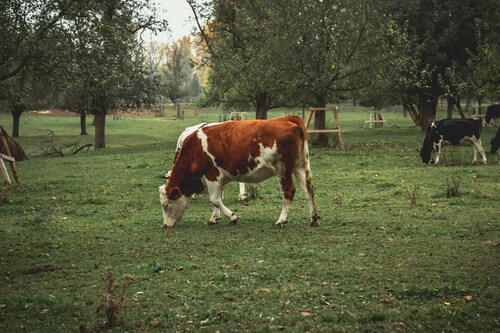Cattle or stock grids are essential infrastructure elements used in agricultural settings to control livestock movement and protect valuable crops and pastures. Traditionally, purchasing and installing stock grids required a significant investment of time and resources for farmers and landowners. However, with the rise of rental services, stock grids have become more accessible and cost-effective for agricultural applications. This article explores the benefits of a cattle grid for rent for agricultural purposes and how they facilitate efficient farm management.
Enhancing Livestock Management:
Stock grids play a crucial role in managing livestock movements within agricultural properties. By installing stock grids at key access points such as gate entrances and road crossings, farmers can effectively prevent livestock, including cattle, sheep, and horses, from wandering onto roads, neighbouring properties, or sensitive areas such as crop fields or waterways. This helps to minimise the risk of accidents, property damage, and conflicts with neighbouring landowners, enhancing overall livestock management and farm safety.
Protecting Crops and Pastures:
Protecting valuable agricultural land from damage caused by livestock is a top priority for crop farmers and pasture managers. Stock grids serve as an effective deterrent against unwanted animal intrusion, preventing grazing animals from trampling crops, compacting soil, or damaging irrigation systems. By strategically placing stock grids along property boundaries or access routes, farmers can create a physical barrier that allows vehicles to pass through while deterring livestock from crossing, thereby preserving the integrity and productivity of their crops and pastures.
Minimising Maintenance and Upkeep:
Renting stock grids offers a practical solution for farmers who require temporary or seasonal access control measures without the long-term commitment and maintenance responsibilities associated with permanent installations. Unlike endless stock grids, which require periodic inspections, repairs, and maintenance to ensure structural integrity and functionality, rented stock grids are typically maintained and serviced by the rental provider. This minimises the burden on farmers and allows them to focus on their core agricultural activities without the hassle of ongoing upkeep.
Expanding Access to Remote Areas:
Accessing remote or rugged terrain in many agricultural regions can pose logistical challenges for farmers and ranchers. Renting stock grids enables agricultural operations to extend their reach into these areas by providing a reliable means of controlling livestock movement without requiring extensive infrastructure development. Whether establishing rotational grazing areas in remote pastures or accessing previously inaccessible areas for land management activities, rented stock grids offer a practical solution for expanding agricultural operations into new territories.
Temporary Events and Projects:
Agricultural businesses often host temporary events or undertake short-term projects that require quick access control measures. Whether hosting a farm tour, organising a community event, or conducting research trials, rented stock grids are convenient and practical for managing livestock movement during these temporary activities. Rental services offer farmers the flexibility to install and remove stock grids as needed, ensuring that access control measures can be tailored to specific events or project timelines without needing permanent infrastructure.
Adapting to Seasonal Conditions:
Seasonal variations in weather, vegetation growth, and livestock management practices can impact the need for access control measures on agricultural properties. Renting stock grids allows farmers to adapt to seasonal conditions by installing or relocating infrastructure as needed throughout the year. For example, during the dry season, farmers may need to concentrate livestock in specific grazing areas with temporary fencing and stock grids to prevent overgrazing and soil erosion. A cattle grid for rent offers flexible access control adjustments, optimising land management for seasonal changes and ensuring agricultural operations’ sustainability.
Conclusion:
Renting stock grids for agricultural applications offers numerous benefits for farmers and landowners. By providing a flexible, cost-effective, and scalable solution for access control, rental services empower farmers to manage their land effectively while optimising resource allocation and operational efficiency. As agriculture continues to evolve, renting stock grids represents a practical and sustainable approach to meeting the infrastructure needs of modern farming operations, from field to farm.




